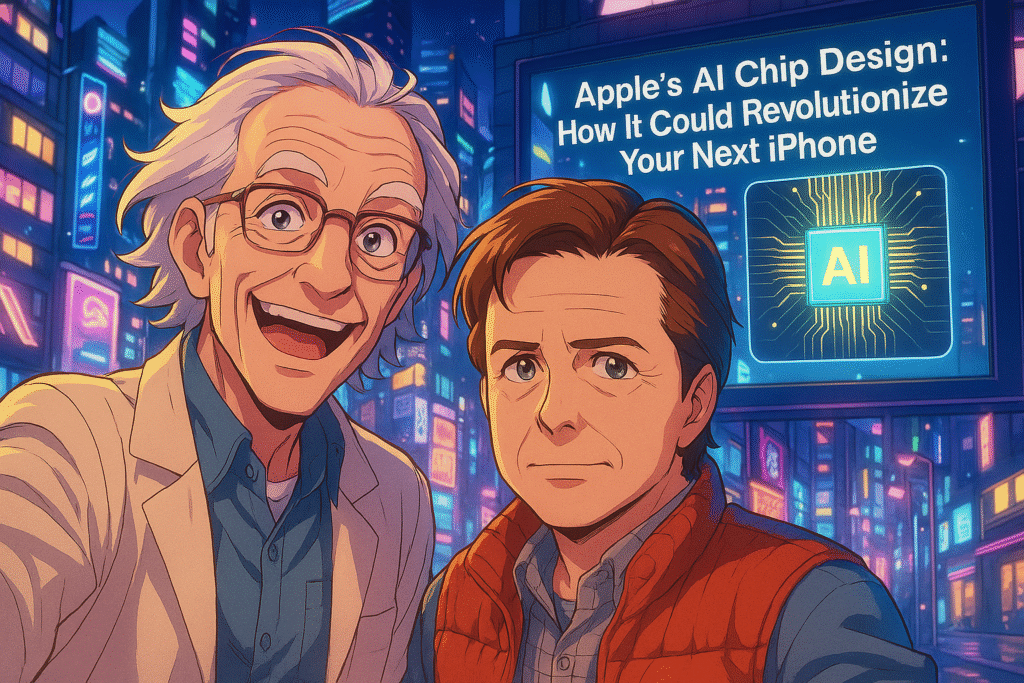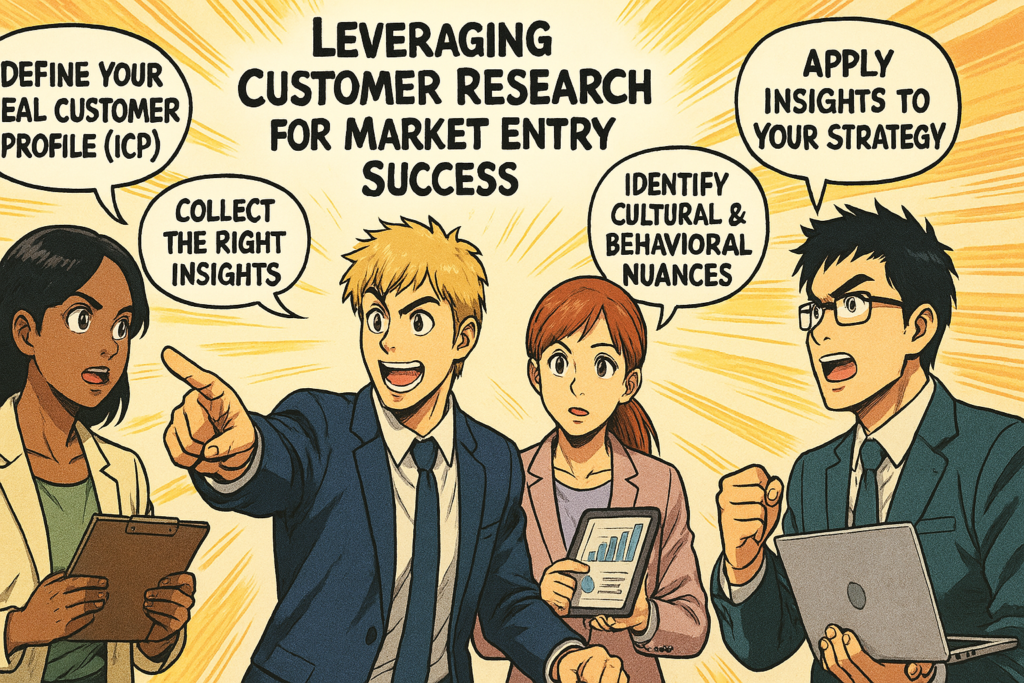Forget what you thought you knew about hardware development. Apple isn’t just making chips faster; they’re fundamentally rewriting the rules of what’s possible, leveraging generative AI to orchestrate a revolution. This isn’t just an engineering feat; it’s a strategic masterstroke that will redefine their ecosystem and set a new benchmark for every tech company on the planet. Hardware Chief Johny Srouji’s recent insights confirm it: AI isn’t an add-on; it’s the core engine driving Apple’s next era of innovation.
This isn’t about incremental gains. This is about total control, unprecedented efficiency, and a future where complexity bows to intelligent design. Are you ready for what that means?
The Strategic Evolution: Apple’s Chip Domination and the AI Imperative
Apple’s journey from the modest A4 chip to the groundbreaking Vision Pro isn’t just a timeline; it’s a blueprint for strategic vertical integration. Since 2010, they’ve been obsessed with owning their hardware narrative, ensuring seamless performance and unparalleled user experience. This wasn’t by accident; it was a deliberate, audacious move to control their destiny. Now, generative AI is the next logical, and necessary, step in that domination.
Milestones: A Legacy of Control
- 2010: A4 Chip. The Beginning of Autonomy. Apple fired the first shot, launching their own processor. This wasn’t just about a chip; it was about the power to tailor hardware and software with surgical precision.
- 2013: A7 Chip. The 64-bit Leap. A clear signal: Apple wasn’t just playing catch-up; they were setting new industry standards for performance and efficiency.
- 2020: Apple Silicon. The Bold Pivot. Ditching Intel was a power move. It solidified their ecosystem, delivering performance and compatibility across their entire device lineup. This was a direct challenge to the status quo.
- 2023: Vision Pro. The Future is Now. The chips powering the Vision Pro aren’t just processors; they’re the neural network for immersive, mixed-reality experiences. This is where AI truly becomes the co-pilot.
Srouji’s acknowledgement of AI’s role isn’t just news; it’s a strategic declaration. As chip design scales to dizzying levels of complexity, AI becomes the essential leverage point.
Complexity Demands AI: The Modern Design Imperative
Today’s chip design isn’t about brute force; it’s about exquisite harmony between hardware and software. The stakes are higher than ever. Generative AI isn’t a luxury here; it’s a necessity for survival and scale:
- Compressing Time: AI automates the mundane, freeing engineers to innovate. This isn’t just time-saving; it’s accelerating the speed of innovation itself.
- Eliminating Friction: AI streamlines collaboration, cutting down costly errors in complex design handoffs. Poor communication kills projects; AI builds bridges.
- Unlocking Genius: AI acts as a creative partner, proposing design solutions humans might never envision. This isn’t replacement; it’s amplification of human ingenuity.
Generative AI transforms complex challenges into strategic advantages, leading to faster, more reliable, and ultimately, more groundbreaking chip production.
Apple’s AI Strategy: Private Cloud Compute and the Baltra Imperative
Apple’s approach to generative AI isn’t one-size-fits-all. It’s a calculated hybrid strategy: on-device power meets secure cloud intelligence. This isn’t just about performance; it’s about a foundational commitment to user privacy – a core differentiator they refuse to compromise.
The Baltra Chip: Your Private AI Enabler
The Baltra chip, developed with Broadcom, isn’t just a piece of silicon; it’s the architectural backbone for Apple’s AI services, particularly their Apple Intelligence. Understand this:
- Dedicated AI Servers: Baltra lives in data centers, tackling workloads that dwarf typical mobile chips. This isn’t sharing; it’s dedicated, optimized power.
- Private Cloud Compute: This is Apple’s answer to privacy in the cloud. It ensures security and advanced AI features without compromising your data. This is how you build trust in an AI-driven world.
- No Sign-in, No Tracking: Anonymity is paramount. Apple isn’t just talking privacy; they’re engineering it into the infrastructure.
Baltra isn’t just enhancing AI services; it’s fortifying the entire ecosystem, delivering sophisticated features seamlessly while holding privacy sacred.
Privacy as a Design Principle: The Apple Way
Apple’s unique selling proposition centers on user privacy. Their generative AI strategy is a testament to this, balancing on-device power with intelligent cloud resources:
- Data Minimization: AI features operate without excessive data harvesting. Less data collected means less data to compromise.
- Secure Handling: Encryption and anonymization aren’t buzzwords; they’re fundamental techniques protecting your information.
- Responsible Learning: AI algorithms learn from interactions, but always within strict privacy guardrails.
By blending on-device and cloud AI, Apple doesn’t just innovate; they innovate responsibly, upholding their privacy principles while pushing the boundaries of what’s possible.
The Unseen Architects: How EDA Firms Fuel Apple’s Innovation Engine
While Apple designs its own chips, they don’t do it in a vacuum. They rely on critical partners: Electronic Design Automation (EDA) providers like Synopsys and Cadence. These aren’t just vendors; they’re strategic collaborators, and they’re also embedding AI into their foundational tools.
EDA Firms: Powering the AI-Driven Shift
- Synopsys: AgentEngineer. This isn’t just software; it’s an AI-powered assistant automating tedious tasks, allowing engineers to focus on the high-value strategic decisions. Learn more about Synopsys’ AgentEngineer.
- Cadence: AI-Enhanced Design. Cadence is integrating AI throughout their software, making the entire design process more intuitive, efficient, and intelligent. Explore Cadence’s AI/ML solutions.
This collaboration with EDA firms isn’t just a convenience; it’s a force multiplier, ensuring Apple remains at the cutting edge of technological advancement in chip design.
AI in EDA: The Untapped Advantage
Integrating AI into EDA tools isn’t a small tweak; it’s a paradigm shift. Here’s why it’s critical:
- Accelerated Development: Automation isn’t just faster; it’s fundamentally changing the pace of innovation.
- Unprecedented Accuracy: AI’s ability to analyze vast design data sets identifies errors early, saving millions in redesigns and lost time.
- Igniting Innovation: When engineers are freed from the mundane, they can truly explore novel design solutions. This is where breakthroughs happen.
Leveraging these advancements, Apple is not just competing; they’re setting an unprecedented pace for innovation.
The Talent War: Reshaping Chip Design Teams for the AI Era
As generative AI becomes the central pillar of Apple’s chip design strategy, the hunt for the right talent isn’t just important; it’s existential. This isn’t about traditional engineers; it’s about visionaries who can wield AI as a creative weapon.
The New Skill Set: What Future Chip Designers Need
To win in this AI-driven landscape, Apple (and any forward-thinking company) will prioritize candidates with these skills:
- AI and Machine Learning Mastery: Engineers must be fluent in implementing and leveraging AI models for design, optimization, and problem-solving.
- Cross-Disciplinary Vision: The walls between hardware and software are crumbling. Professionals who bridge these domains are invaluable.
- Adaptability and Relentless Learning: Technology isn’t waiting. The ability to continuously learn, unlearn, and relearn is the ultimate competitive advantage.
This isn’t just about hiring; it’s about reshaping existing teams, investing in continuous education, and adapting to a rapidly evolving technological frontier.
Manufacturing and Testing: The High-Stakes Game
Integrating AI into chip design elevates the stakes for testing and quality assurance. While Apple relies on manufacturing giants like TSMC for production, they are aggressively internalizing design responsibilities. This means:
- Robust Testing Environments: AI-enabled chips demand rigorous, extensive testing to guarantee optimal performance and unwavering reliability. You can’t compromise on quality.
- Scalability Challenges: Manufacturing processes must not only meet demand but maintain impeccable quality standards at massive scale.
Apple’s strategic focus on AI-powered chip design offers unparalleled advantages: enhanced control, ironclad security, and the flexibility to pivot and innovate at lightning speed.
What’s Next? Apple’s AI-Powered Future is Already Here.
Apple’s commitment to generative AI in chip design isn’t a speculative venture; it’s a bold declaration of their future. This integration promises nothing less than a transformation of their products and, by extension, our daily lives.
The Vision: Holistic Control, Accelerated Innovation, Unprecedented Experience
Apple’s ultimate goal is clear:
- Holistic Control: From the silicon to the software to the cloud infrastructure, they seek total mastery of the tech stack. This is how you eliminate dependencies and unlock true innovation.
- Faster Innovation Cycles: AI-driven design shortens development cycles dramatically. This means quicker releases, more frequent updates, and a constant stream of new features. Speed is the new currency.
- Unprecedented User Experiences: Seamless integration of advanced AI capabilities isn’t just about features; it’s about making devices more intuitive, powerful, and indispensable.
Apple isn’t just producing improved products; they’re securing an undeniable competitive edge in the global tech landscape. This isn’t just about AI; it’s about the very definition of leadership.
In this rapidly evolving technological era, Apple’s willingness to embrace generative AI signals their intent to lead, not follow. Staying informed isn’t optional; it’s crucial for consumers and competitors alike. This isn’t just a story about Apple; it’s a roadmap for the future of technology.



